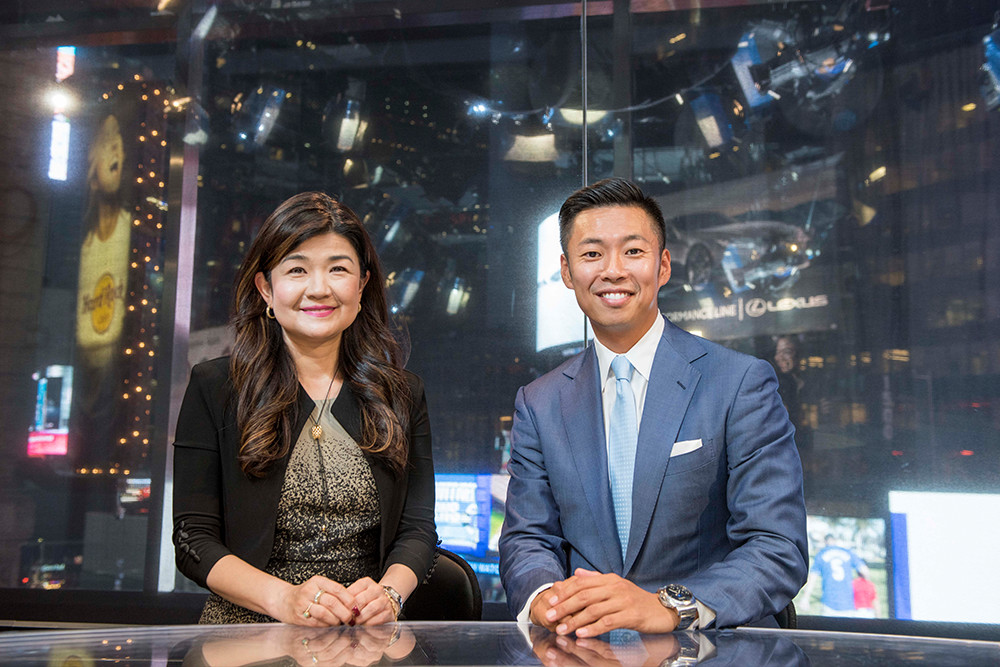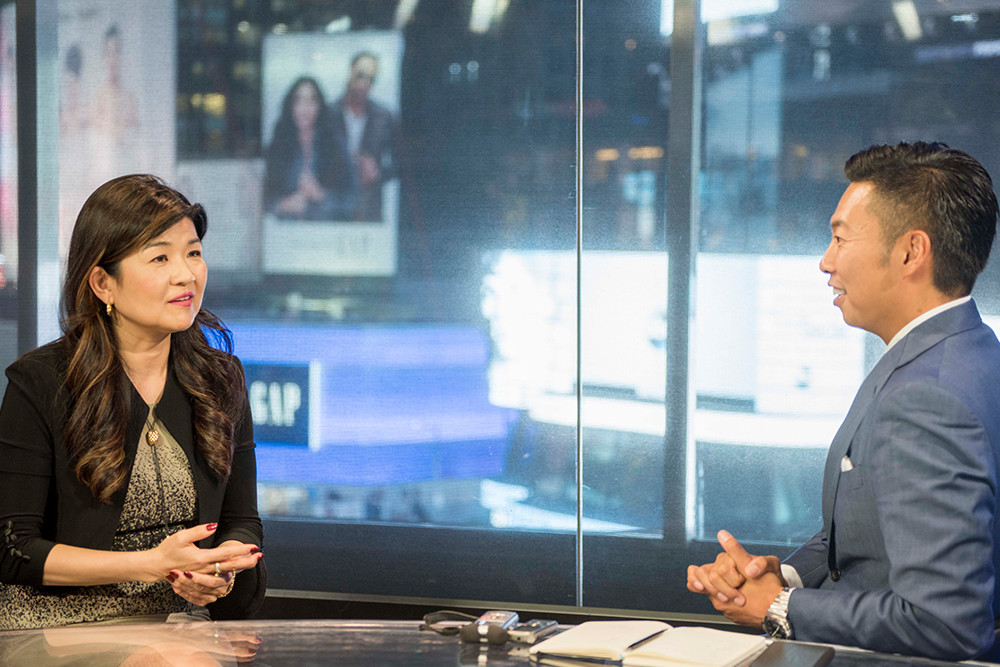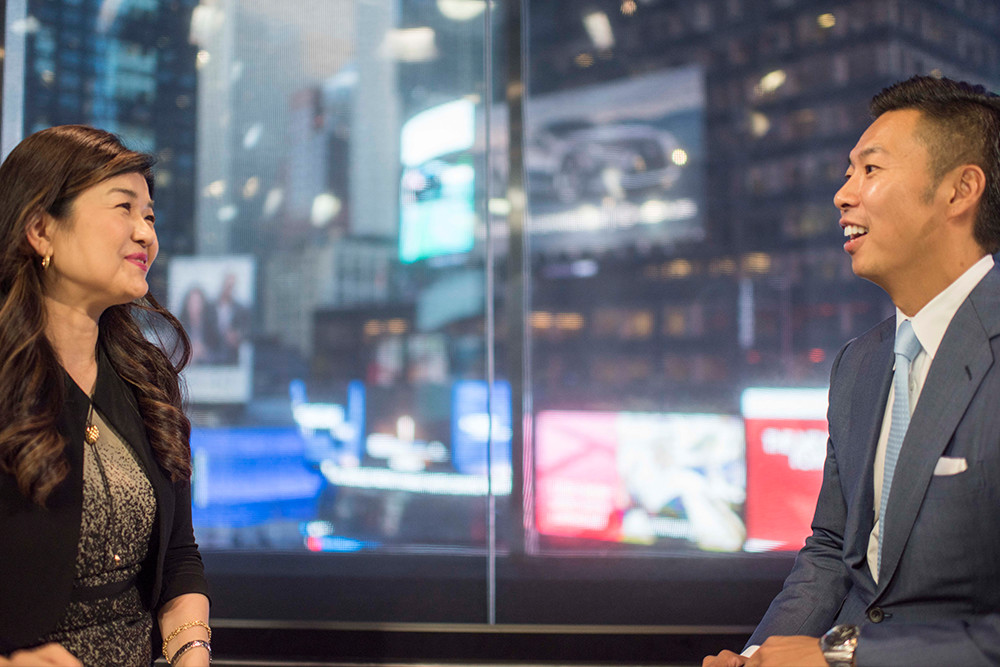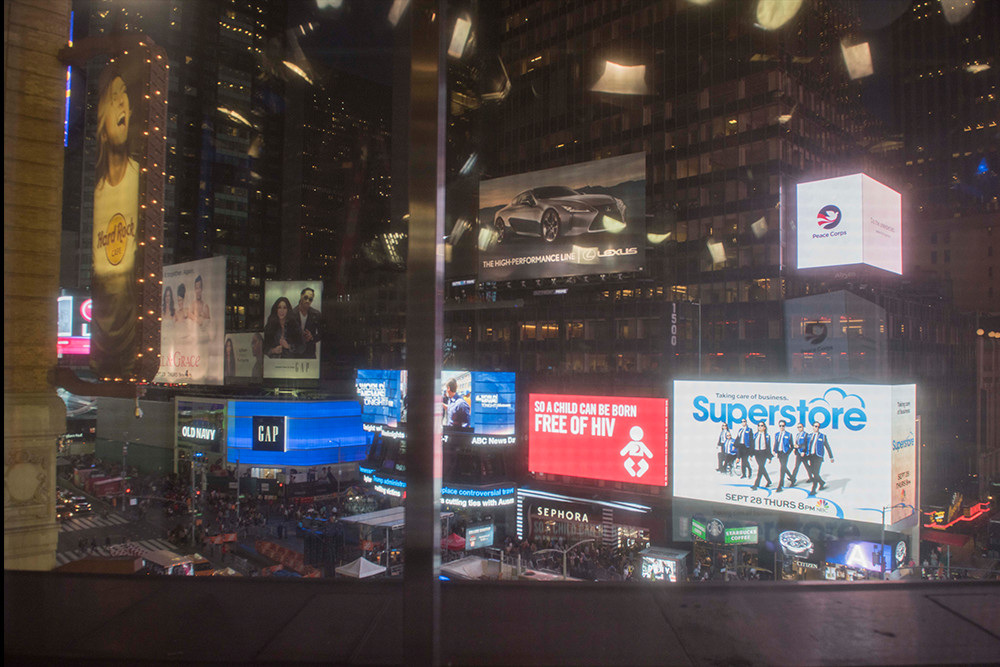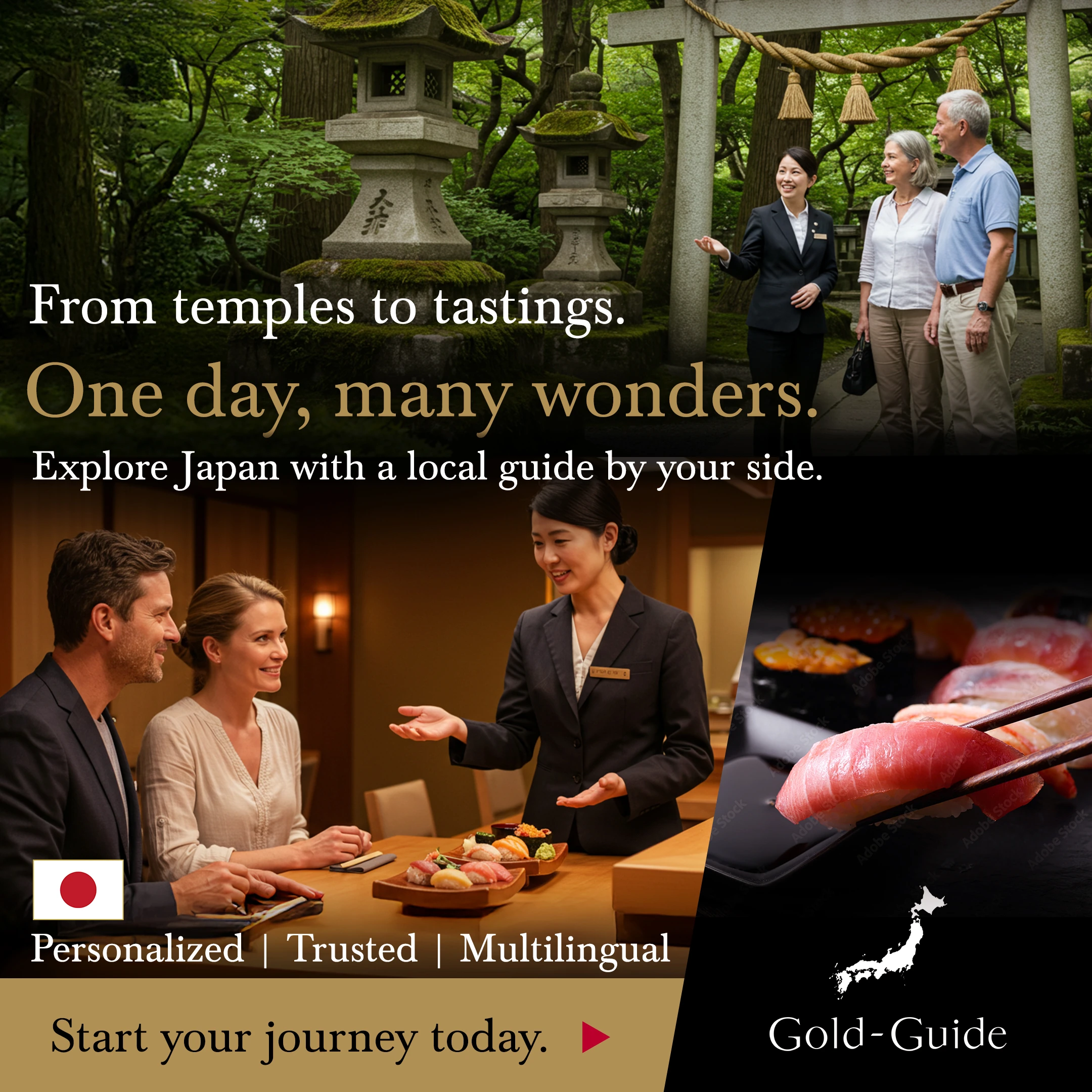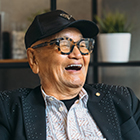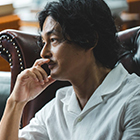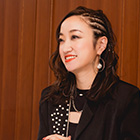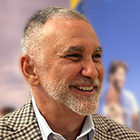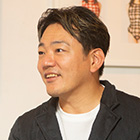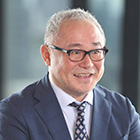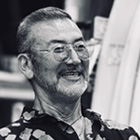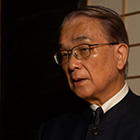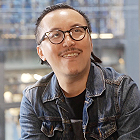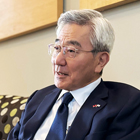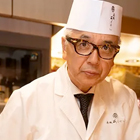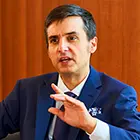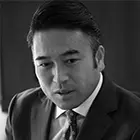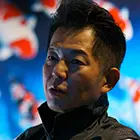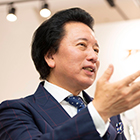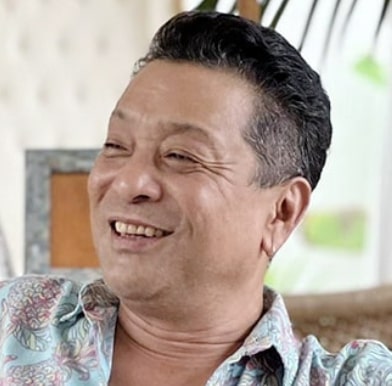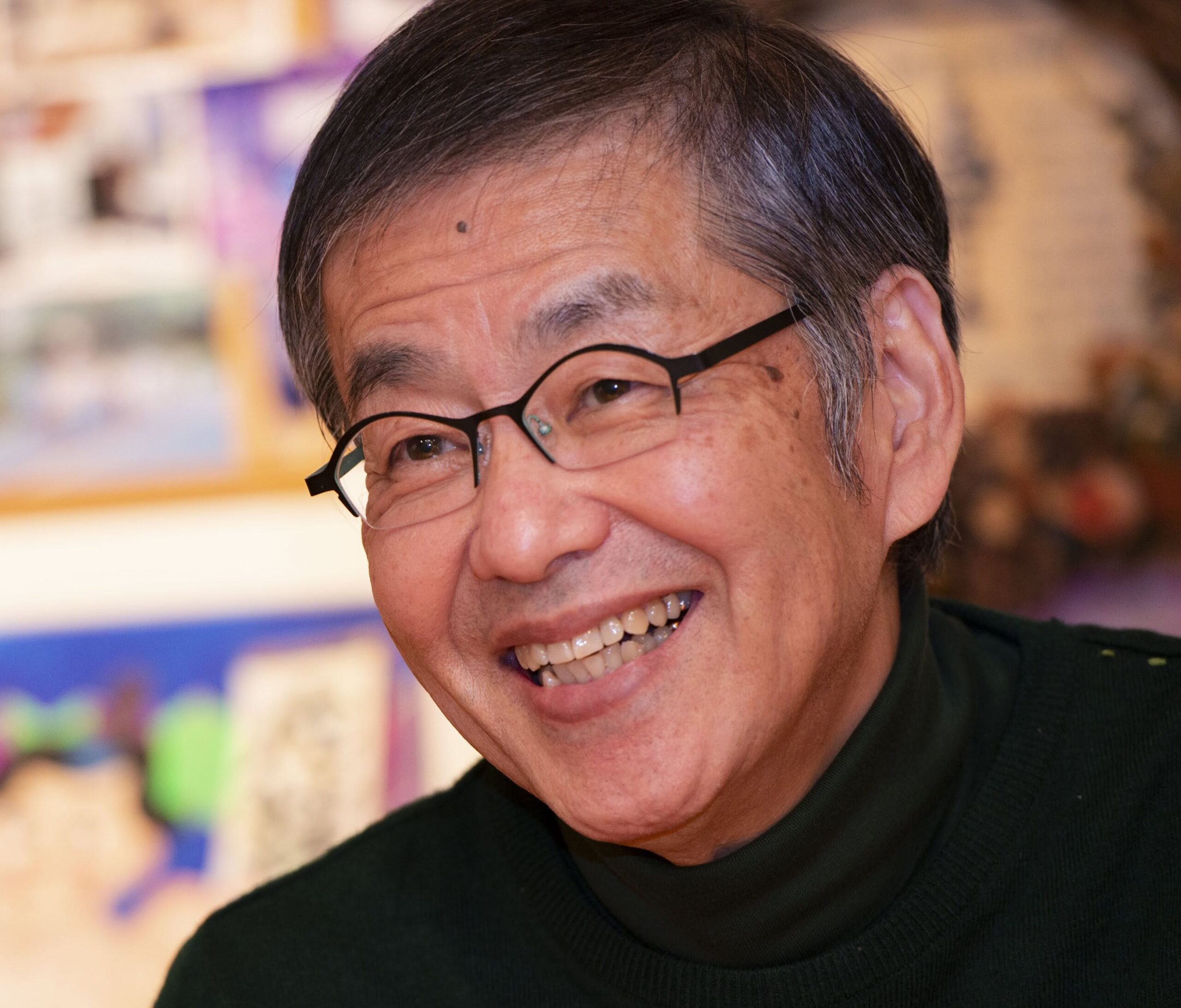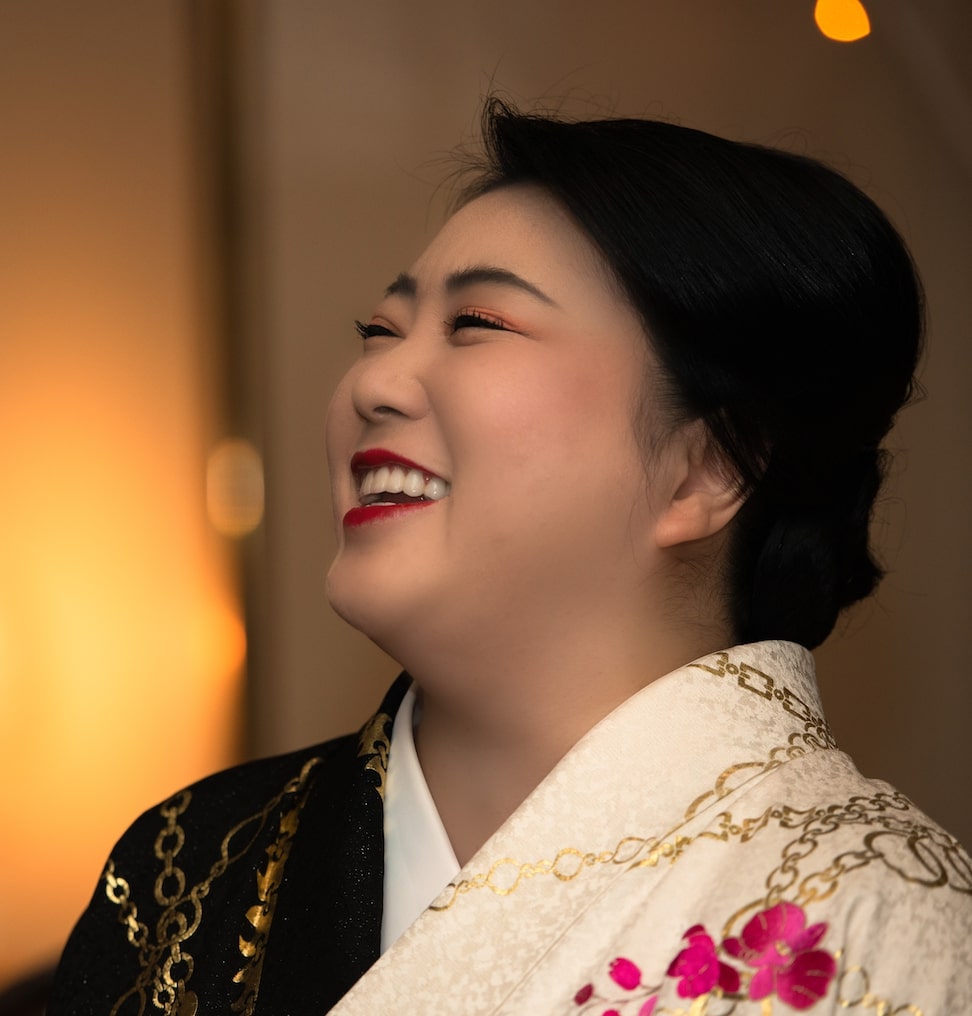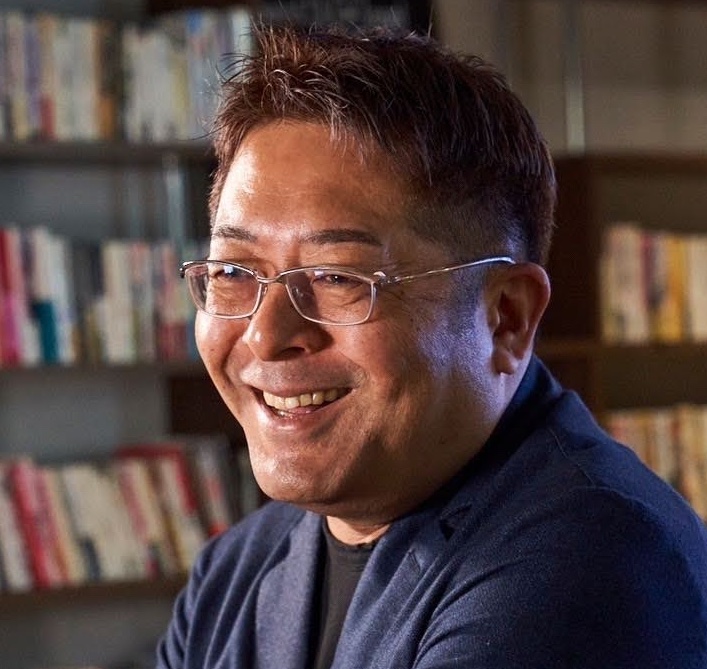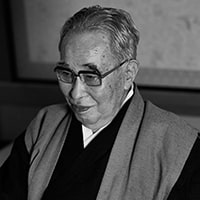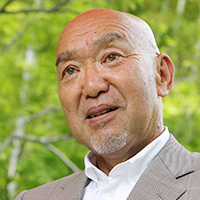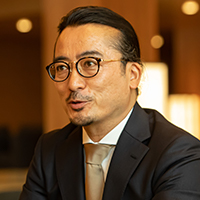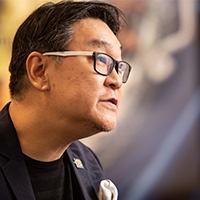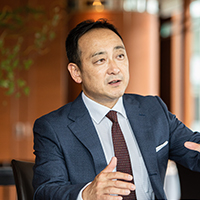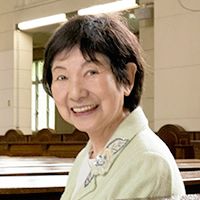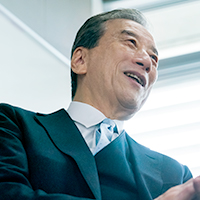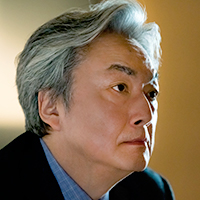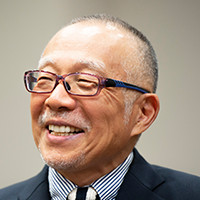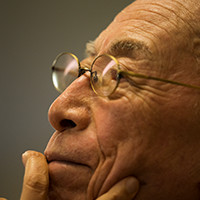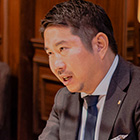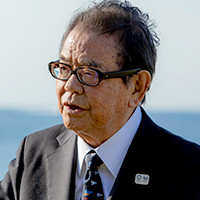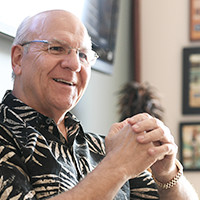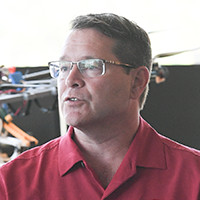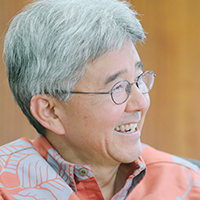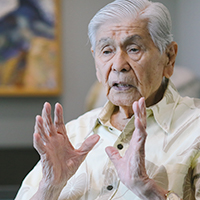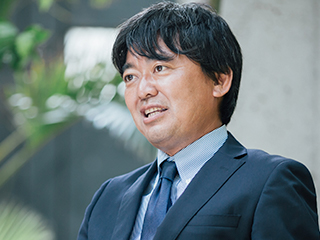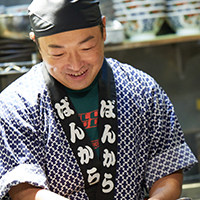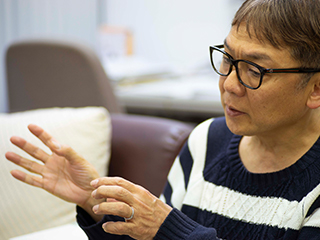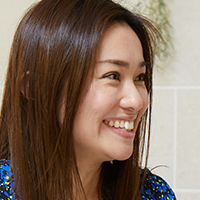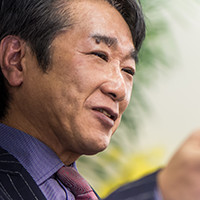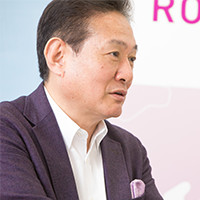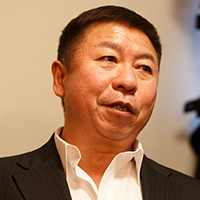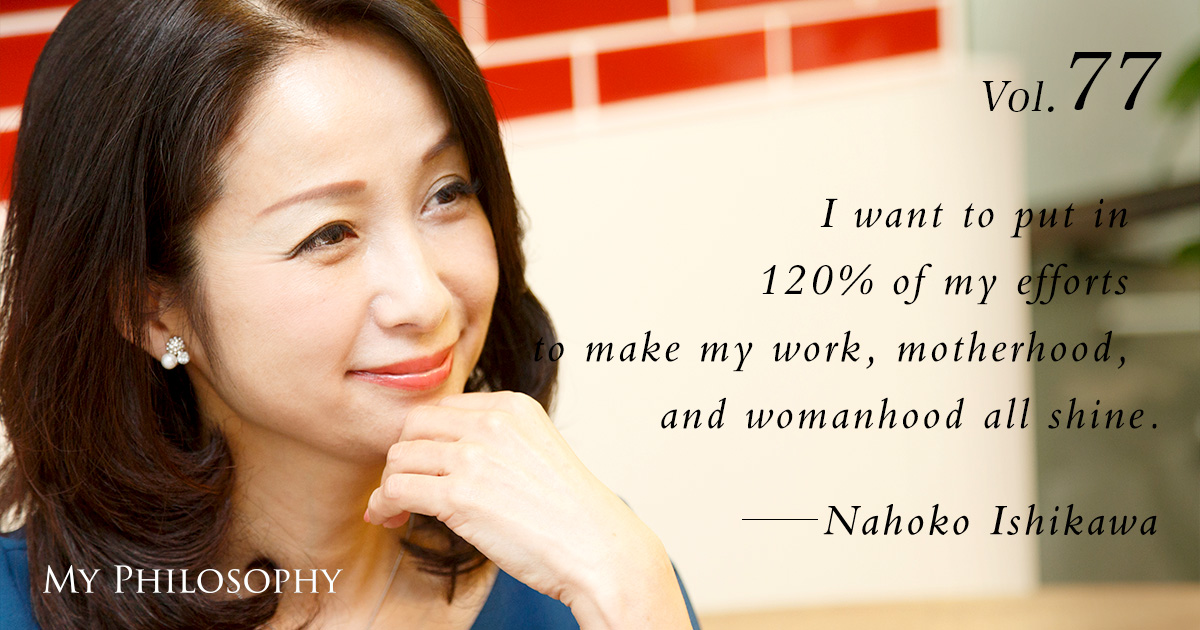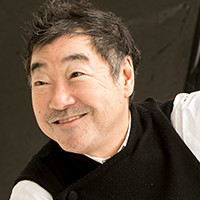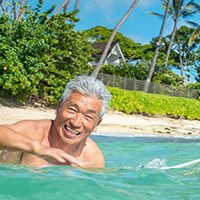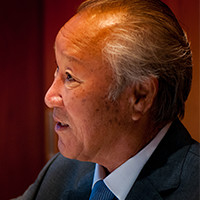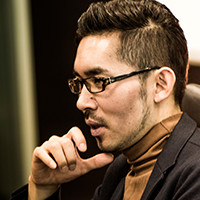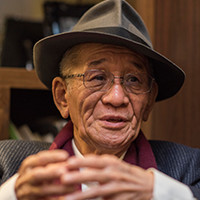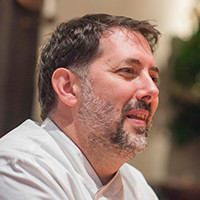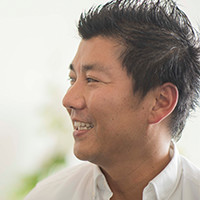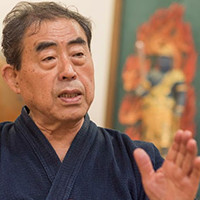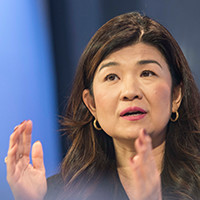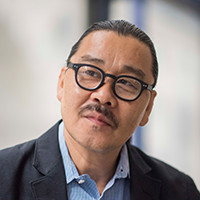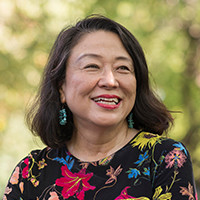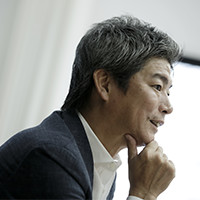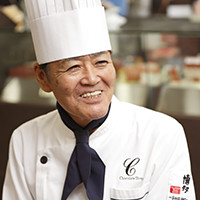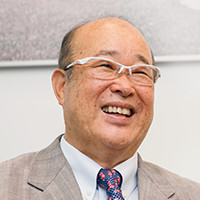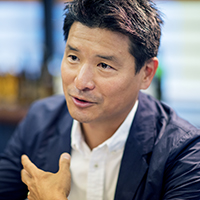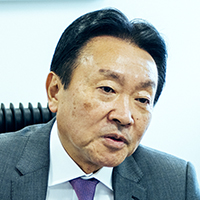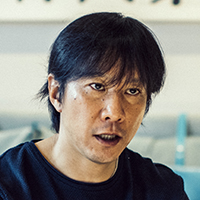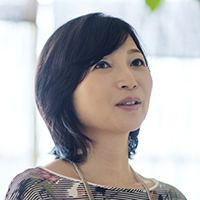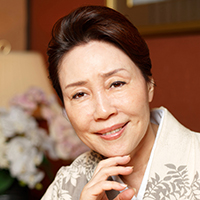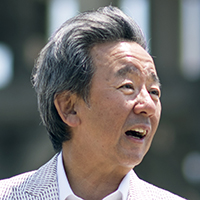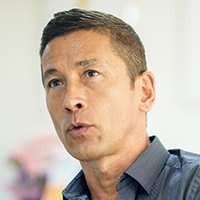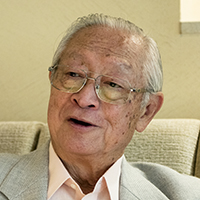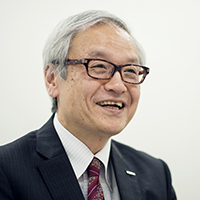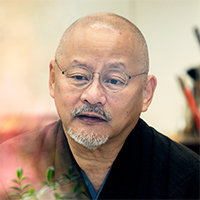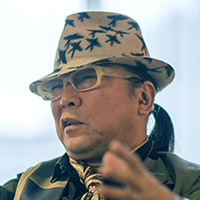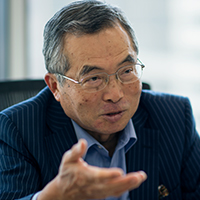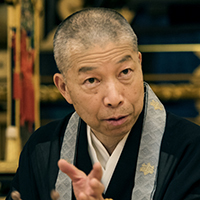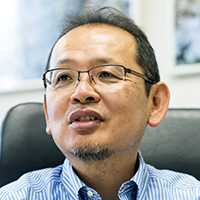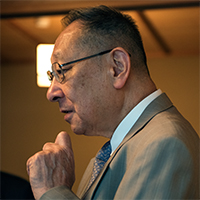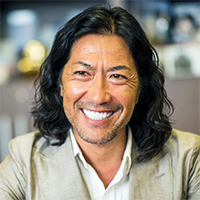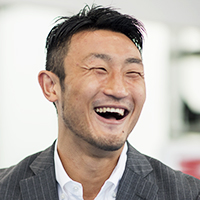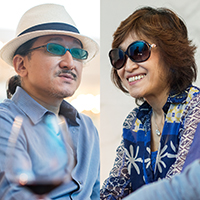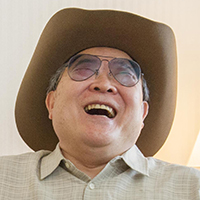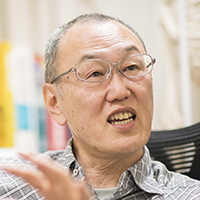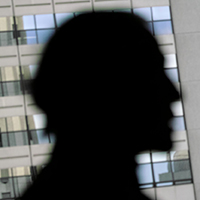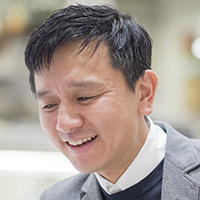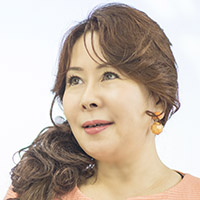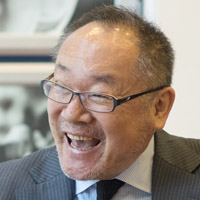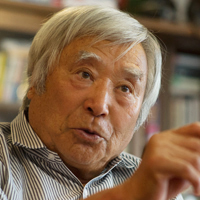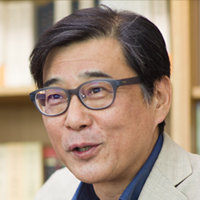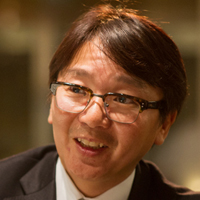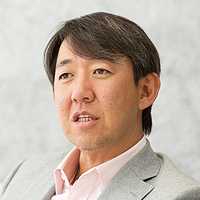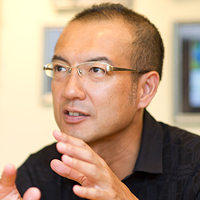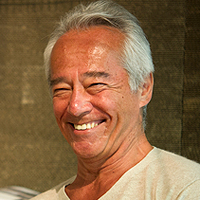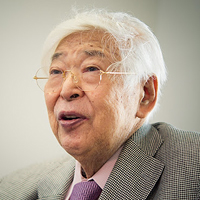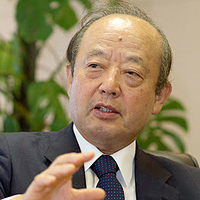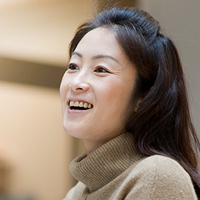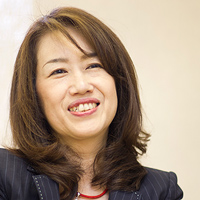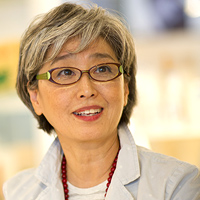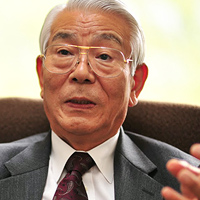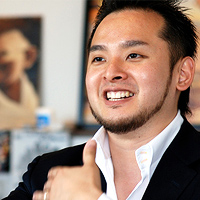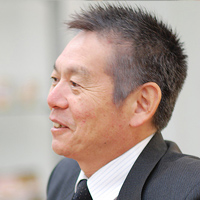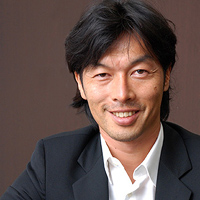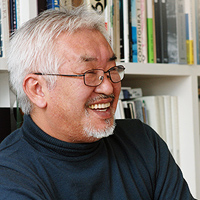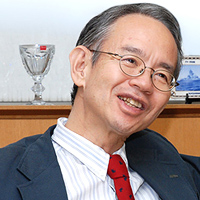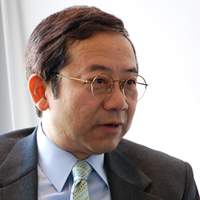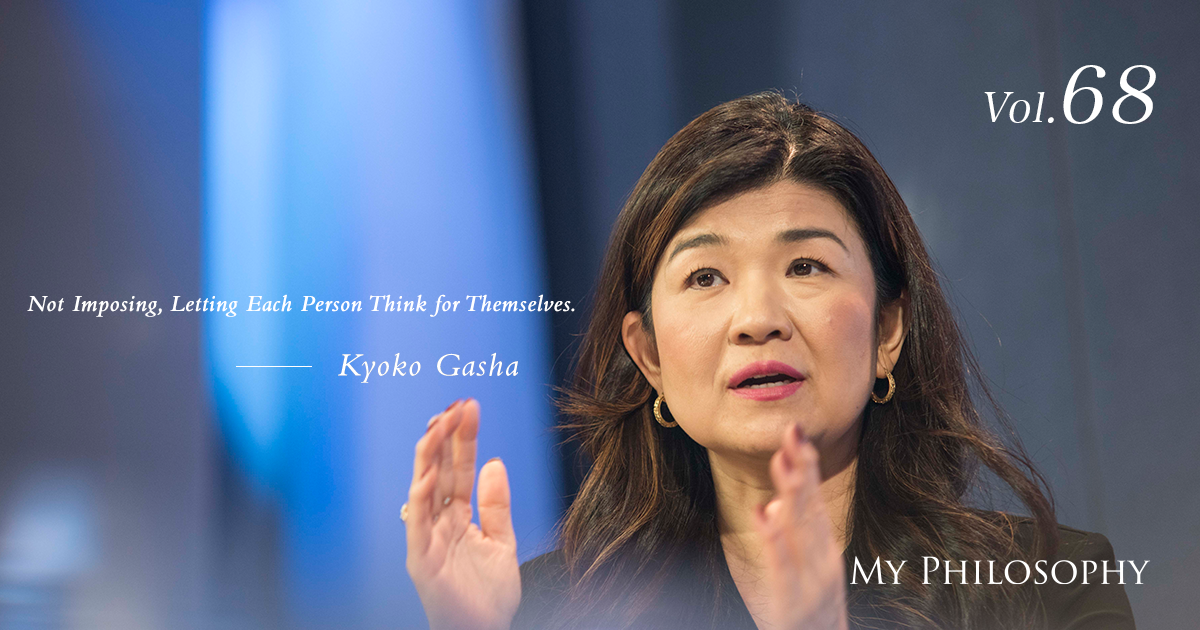
As a Reuters journalist and film director, Kyoko Gasha lives in the concrete jungle of New York. Having experienced 9/11 firsthand and continued reporting afterward, she reflects on the emotions she felt and the message she received from Japanese women living in New York.
Profile
Vol.68 Kyoko Gasha
Journalist | Film Director
Born in Tokyo in 1963, she graduated from the Department of Hispanic Studies, Faculty of Foreign Studies, at Sophia University. In 1987, she joined TV Tokyo. In 1991, she became a Fulbright Journalist and Journalism Fellow at the University of Michigan. In 2001, she joined Reuters as a news reporter. As a film director, she has been active in producing documentary films that convey the perspectives of Japanese women to the world, such as The Path of a Mother, the Choice of a Daughter (Haha no Michi, Musume no Sentaku), which portrays the thoughts of Japanese women living in New York, and 311: Living Here (311: Koko ni Ikiru), which depicts the resilient lives of women in Japan following the Great East Japan Earthquake.
The Thoughts of Japanese Women I Want to Convey to the World
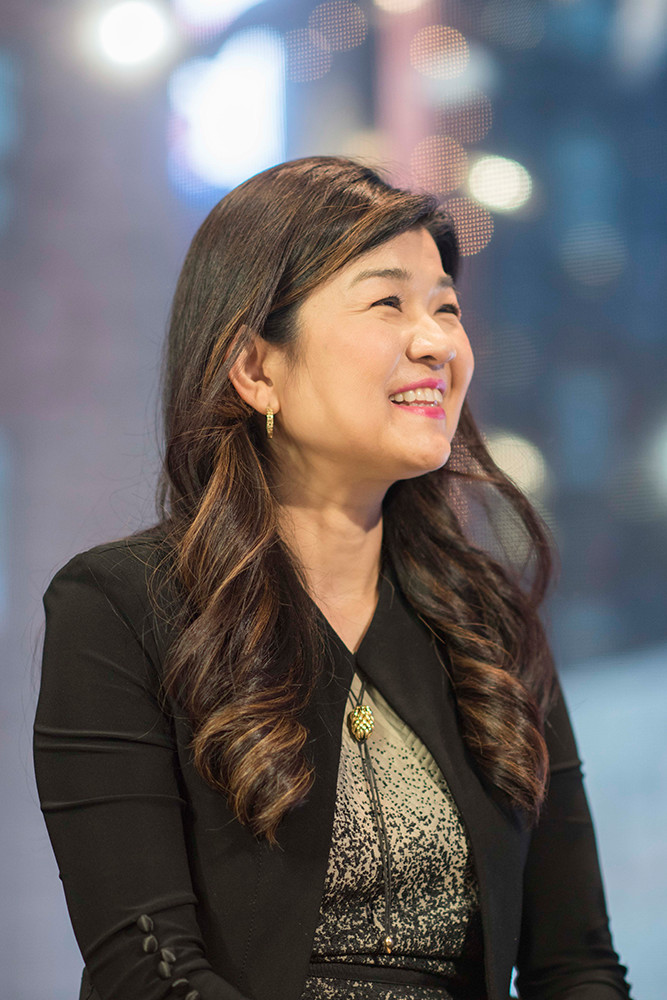
I’ve always wanted people around the world to see the films I create. I came to believe that the best way to achieve this would be to head to New York, a city with many filmmakers. Around that time, I was invited to become a Reuters reporter in New York. After much deliberation, I made the difficult decision to leave the television station where I had worked for 14 years, and in 2001, I moved to the United States with my then 8-year-old daughter. However, within just a few months, we were caught up in the 9/11 attacks. Because our house was damaged, I had to repeatedly move with my daughter, and making films was out of the question.
During this challenging time, three things saved me. First, of course, was my daughter. The thought that I had to be strong for her kept me going. Second was my job at Reuters. Reporting on the daily movements of the stock market gave me a sense of normalcy and comfort. Each day, I would complete and deliver my reports, confirming the facts behind the market drivers. On weekends, I would go out to cover stories in New York. A cameraman once expressed amazement, saying, “Despite all that’s happened, you still come to work every day.” But for me, it was precisely this busy work that helped me move forward.
The third thing that saved me was the many Japanese women I met in New York. Coincidentally, a woman I had planned to have lunch with for the first time on September 11 gathered other women and gave me a lot of clothes since I had nothing to wear the next day. As I was being helped by these women, a thought crossed my mind: “Why are these women in New York?” I wanted to make a film about them. After seven moves, my life finally stabilized, and I began interviewing them. Strangely, many of them spoke about their relationships with their mothers. “My mother was a housewife, but I wanted to be different. I wanted to work,” said many who had come to the U.S. seeking an identity different from their mothers. I felt a strong need to convey their thoughts from New York to the world. Eight years later, in 2009, the documentary “The Path of a Mother, the Choice of a Daughter” was completed.
A Film That Encourages Each Person to Reflect on Their Own Life
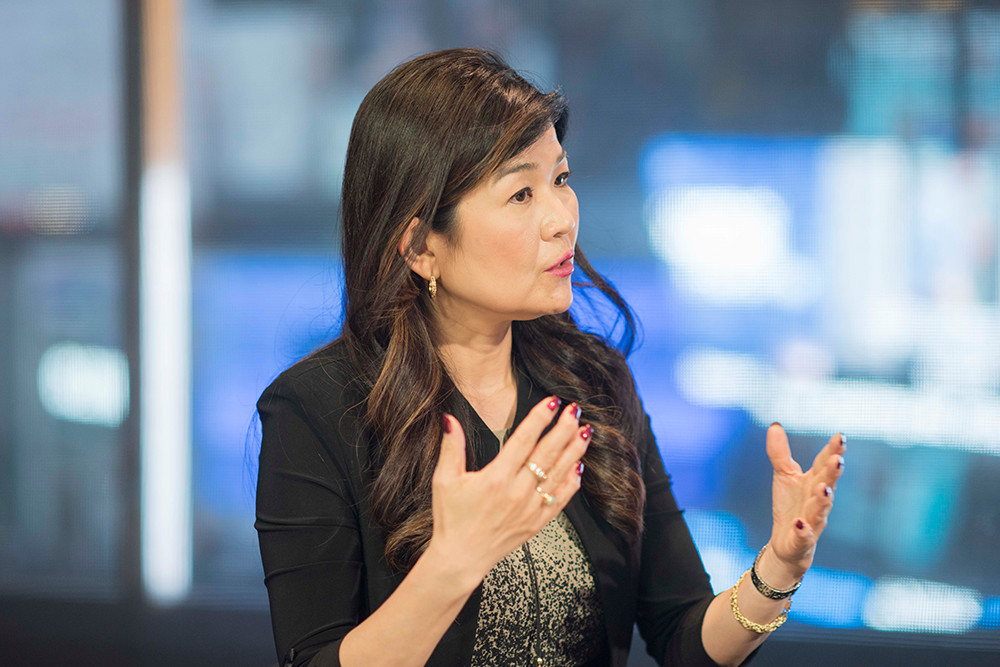
The success of my first film inspired my next project, 311: Living Here, which gathers the thoughts of women living in Tohoku after the Great East Japan Earthquake in 2011. During my coverage of both 9/11 and 3/11, I repeatedly heard the same sentiment: “The past cannot be changed. The future is unknown. That’s why we must live in the present.” This film was translated into English, as well as Korean, Chinese, Italian, Spanish, French, and other languages, and was screened worldwide. I traveled with the film and watched it over and over again with audiences in various countries. However, it was fascinating that the film felt different each time, depending on the country and the audience. This made me realize that films are living entities.
Why does this happen? One reason, I believe, is that my films are not self-centered. I dislike films that spoon-feed the audience, dictating, “This is how you should interpret this scene.” I don’t make films to impose my views but rather to allow viewers to have a conversation with the characters, to reflect on their own lives, and then to consider what to do from that point forward. It’s okay for different people to have different thoughts. That’s why I took a bold step with my second film by not using any narration, editing it in a way that made the audience feel as if they were directly conversing with the characters.
This year, my third documentary film has been completed. For the first time, this film focuses on men. It explores the lives of samurai who lived on the global stage 400 years ago and the men today who live guided by those samurai. The film unfolds in locations such as Sendai, Matsushima, and Ishinomaki in Japan; New Jersey and New York in the U.S.; and Seville and Coria del Río in Spain. It delves into how the dreams of these men from 400 years ago are being realized today.
This project took three years to complete, and in hindsight, it became a sequel to my first two films—The Path of a Mother, the Choice of a Daughter, which questions why Japanese women chose to work in New York rather than in their homeland, and 311: Living Here, which focuses on the recovery of women after the disaster. This is the thrill of creating documentaries by compiling unscripted facts. You build the film like stacking blocks; sometimes, the structure works perfectly, and other times, it fails, requiring you to dismantle and start over. This time, in addition to directing, I also took on filming and editing for the first time, which was incredibly challenging. However, the act of challenging myself daily gives me energy, so I intentionally took on something new. Nothing would make me happier than for this film to be seen by people worldwide, just as the first two films were.
What Matters Most Is Your Own Reality
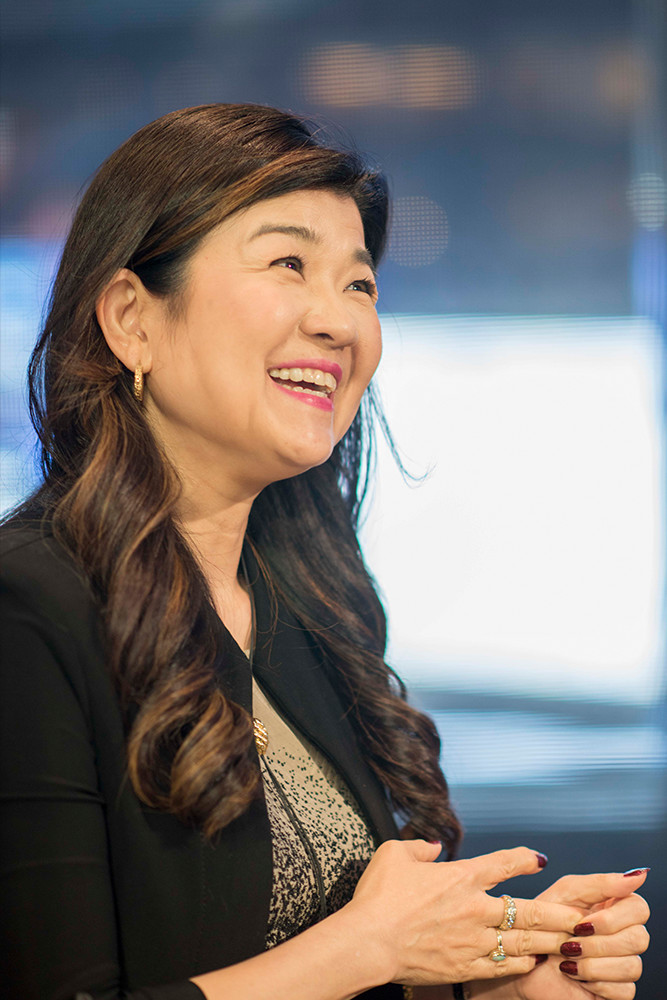
Disasters, earthquakes, wars, attacks—there are countless events happening every day. Even our daily, smaller worries never seem to fade away. However, no matter how much suffering one endures, there is always something that remains in the end: the warmth and the thoughts of people. Today, with the internet, we can virtually go anywhere and talk to anyone; it’s an incredibly convenient time to live in. But what truly matters are the energy, reactions, and atmosphere present in the moment. The same is true when making films. No matter how much research is done, the atmosphere of the actual location can reveal something entirely different from what you initially thought. In this age of information overload, what’s important is to consider what is real and tangible for you. I want to continue creating films that can spark this kind of reflection in people.
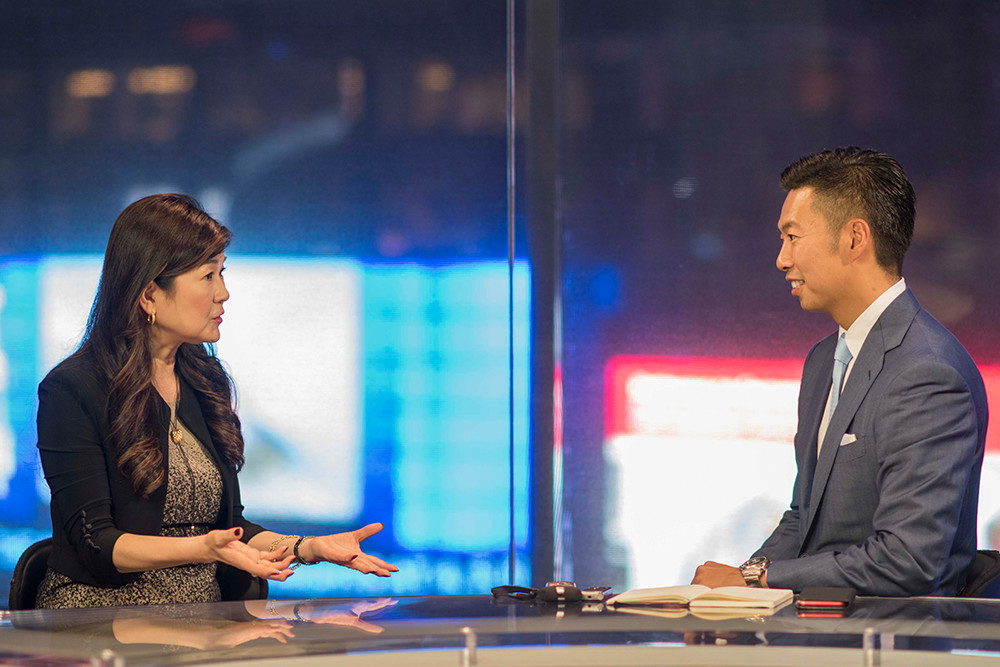
“The Past Cannot Be Changed, But Its Interpretation Can Be”
These were the confident words of Mr. Sugiyama, the interviewee sitting in front of me, and it was a moment of revelation for me. Until now, I had always believed, “The past cannot be changed, and the future is unknown, so live in the present.” This mindset had helped my daughter and me rise above the devastation we faced in the 9/11 attacks in 2001 and led me to create the film 311: Living Here after hearing the stories of women affected by the Great East Japan Earthquake on March 11, 2011.
However, as I spoke with Mr. Sugiyama during this interview, I realized that I, too, had been transforming the negative experiences of my past into something positive as I lived my life. It was an interview full of insights. Moving forward, I want to cherish the present moment while reflecting on the meaning of the past I’ve lived and looking towards the future. Thank you very much.
Journalist and Film Director, Kyoko Gasha
This edition of “MY PHILOSOPHY” was conducted at the Times Square studio in Reuters headquarters, New York.
The brightness of the studio’s lighting was particularly striking. The back-and-forth exchange of conversation made for an enjoyable interview. Listening to Kyoko Gasha’s numerous episodes in New York, I was reminded of the importance of looking ahead, thinking critically, and continuously evolving oneself. Additionally, I realized that if one does not strive to “be original,” they risk becoming indistinguishable and losing their individuality. Polishing one’s uniqueness is essential in today’s global standard, which was a key takeaway from this interview.
September 2017.At Reuters Headquarters, Times Square Studio, New York.Translated by ILI Inc.




